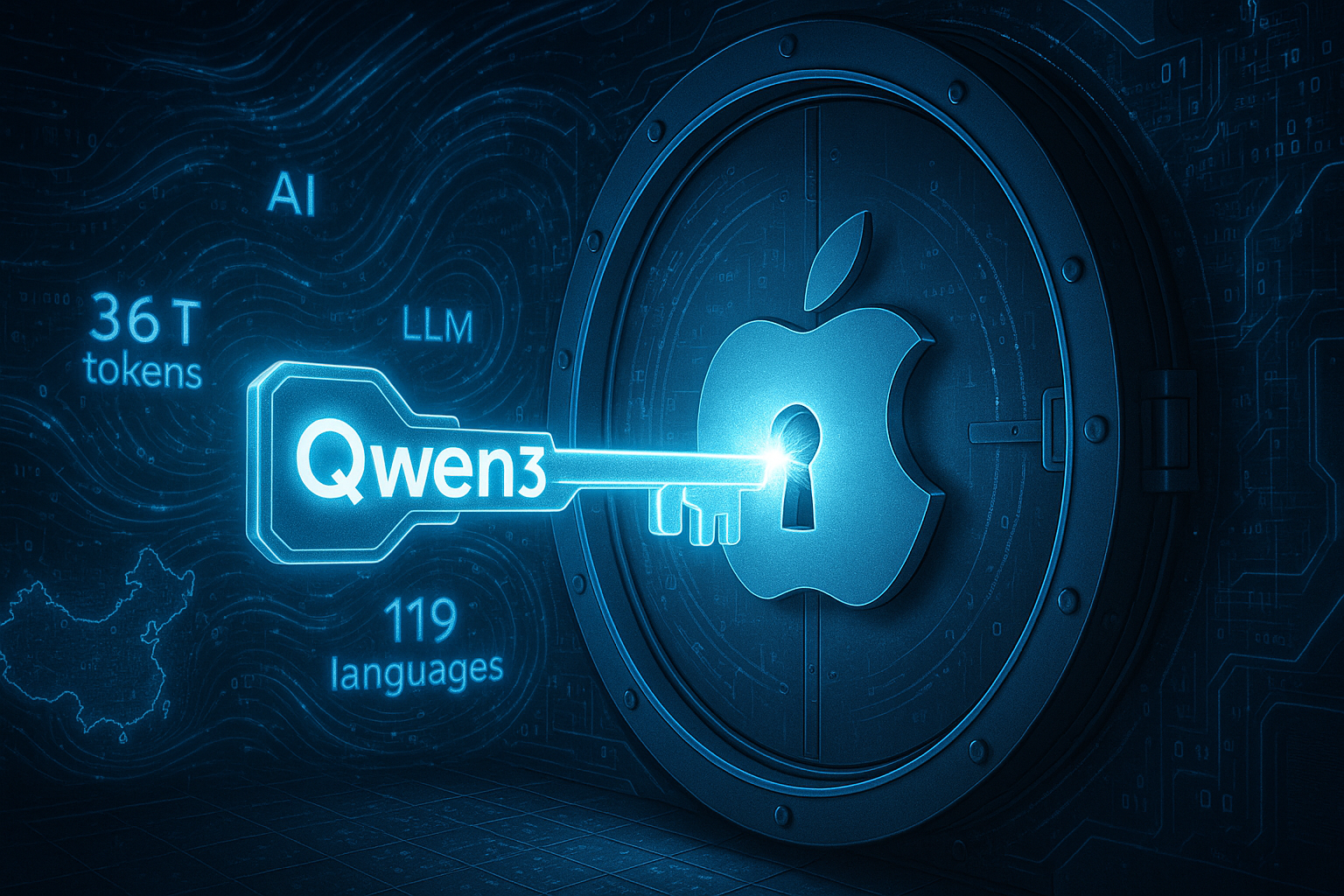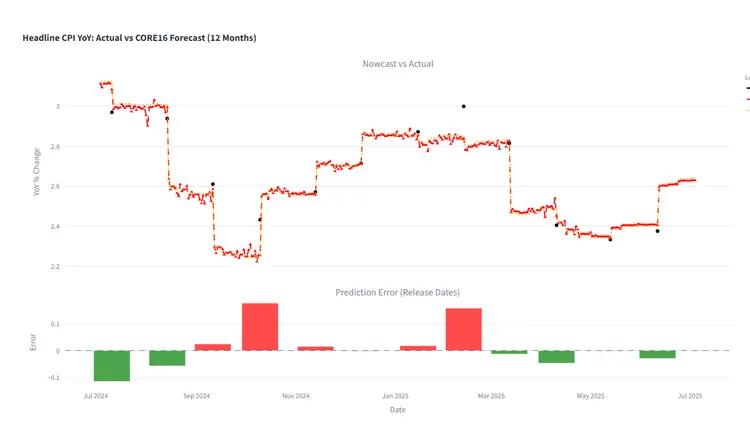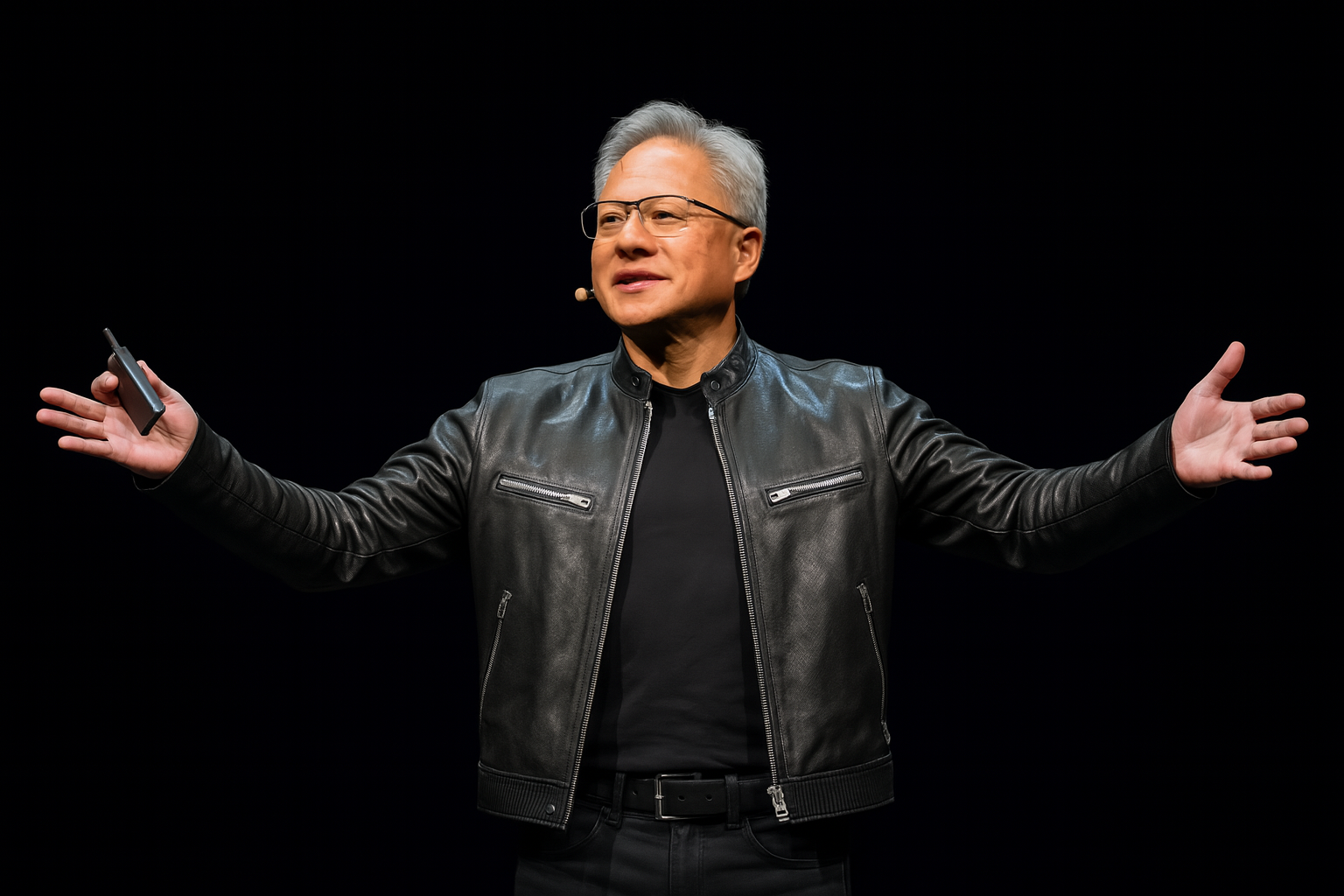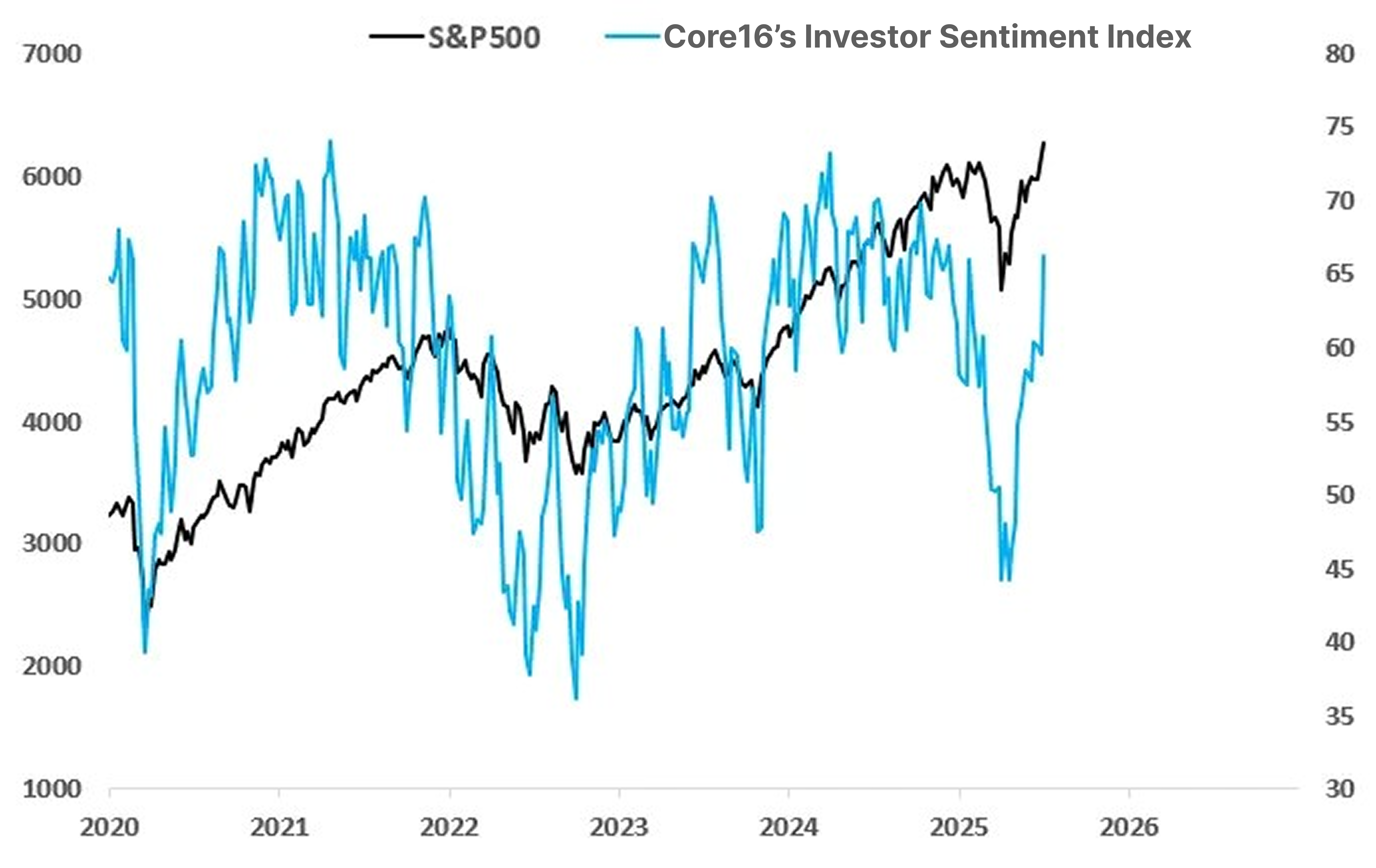
When Nvidia Rises 4%, This AI Big Tech Gains 8%?
Yesterday (15th), the S&P 500 and Dow Jones declined, but the Nasdaq reached a record high. T...

CORE16 Model Forecasts June CPI at 2.6 Percent
...

Korean Relief Payments Are Coming — Who Benefits Most?
In July, the Korean Government Will Open Its Wallet AgainThis year’s ...

K-Demon Hunters Goes Global — The Surprise Beneficiary? Nongshim
There is a song trending on Spotify right nowThe OST tracks “Your Idol” a...

The End of Driving: Autonomous Cars Create a New Consumer Space
Tesla recently began offering paid robotaxi rides to select users in Austin. A safety operator is...

Nvidia Breaks $4 Trillion—And Flashes a Rare Triple Signal
Nvidia Flashes Three Simultaneous Bullish Signals A $4T milestone bac...

The New Front in AI: Compute Gigafactories and the Invisible Winners
The New Front in AI: Compute Gigafactories and the Infrastructure Behind the RacexAI’s Col...

Is S&P 500 Investor Sentiment Entering Overheated Territory This July?
Investor Sentiment Index Surges to 66.3Core16’s Investor Sentiment Index,...

Meta’s Scale AI Bet Just Sparked the Data War—Here Come the Winners
Meta’s Scale AI Deal Shakes Up the Data Supply ChainMeta’s recent $10 bil...

The Luxury Brand Gen Z Actually Buys—And It’s Not European
Tapestry’s Rebrand Is Outperforming the Luxury GiantsTapestry (ticker: TP...

Retirement Funds Embrace Risk: A New Era for Private Assets
Why BlackRock Is Reshaping Retirement PortfoliosIn June 2025, BlackRock—t...

What Happened After Constellation Brands Missed Earnings?
Constellation Brands reported weaker-than-expected earnings, fueling concerns over softening alco...